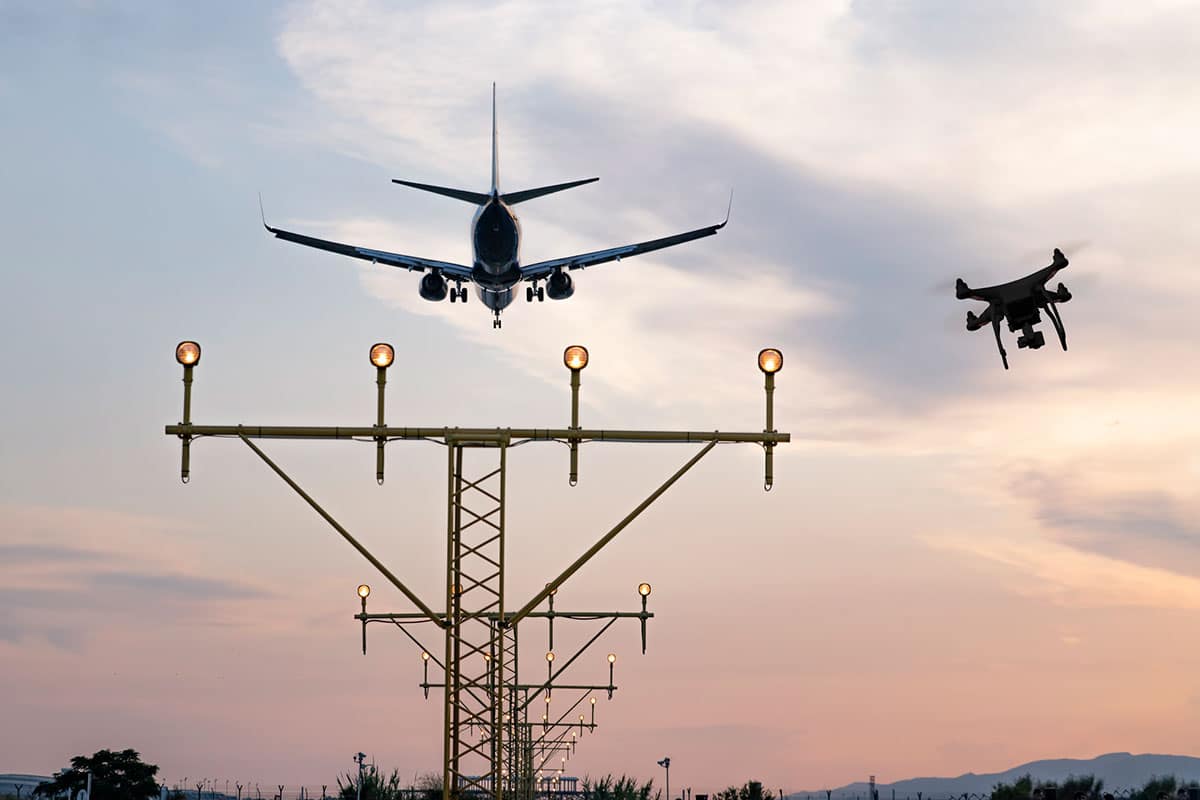So Embry-Riddle has done a study looking at the rate of near misses between other aircraft and drones. In 3 years they found 24 of them. 2 actual collisions during that rough timeframe. 96% of near misses were due to not obeying altitude restrictions.
So let’s do some back of the envelope calculations for what this implies in terms of how the FAA is valuing lives with their requirements for ID on every drone. I am not an expert on this so this is very rough.
they report 1.5M operating drones. If the cost to equip is say $20 per drone, that is a total of $30M. Let’s say there is a 10% chance such a collision results in 4 fatalities. The chances of a collision look like roughly 0.7 per year.
$30M / 0.7 / 4 = $10.7M per life saved, assuming the ID requirement prevents the collisions. but will it? I could easily believe it would have no effect or perhaps just a 10% reduction. If the latter it seems that their valuation of life is off by at least an order of magnitude. If the ID requirement actually substantially reduces the odds of collisions, not so far off.
Do people think the ID requirement will substantially reduce the chances of these collisions? what would be the mechanism?

 generalaviationnews.com
generalaviationnews.com
So let’s do some back of the envelope calculations for what this implies in terms of how the FAA is valuing lives with their requirements for ID on every drone. I am not an expert on this so this is very rough.
they report 1.5M operating drones. If the cost to equip is say $20 per drone, that is a total of $30M. Let’s say there is a 10% chance such a collision results in 4 fatalities. The chances of a collision look like roughly 0.7 per year.
$30M / 0.7 / 4 = $10.7M per life saved, assuming the ID requirement prevents the collisions. but will it? I could easily believe it would have no effect or perhaps just a 10% reduction. If the latter it seems that their valuation of life is off by at least an order of magnitude. If the ID requirement actually substantially reduces the odds of collisions, not so far off.
Do people think the ID requirement will substantially reduce the chances of these collisions? what would be the mechanism?

Researchers study near misses between airplanes and drones — General Aviation News
Given that most close calls happen within 1.5 miles of a runway approach or departure zone, researchers recommend extending the runway exclusion zone for drones at the ends of high-risk runways from about 1 mile to 3.5 miles.
